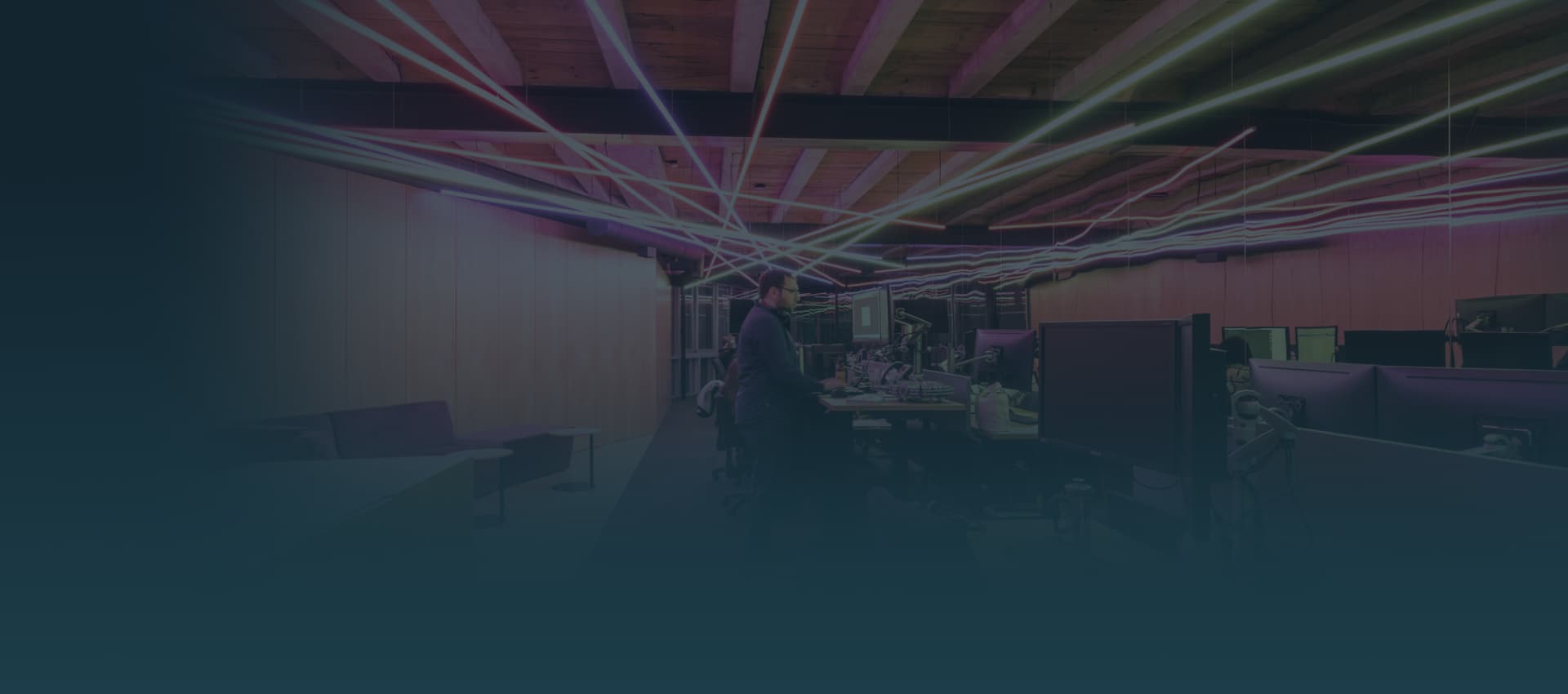If you would prefer to listen to the audio version of this blog, use the media player below.
It was a rapidly changing business world for suppliers before COVID and while that fast pace remains, purchasing habits have changed drastically.
Anecdotally, in NZ and Australia we have seen our clients and prospects, especially those involved in Consumer Packaged Goods, experiencing similar trends. Many are finding sales to hospitality customers have declined, while the demand from major retailers and ecommerce has increased tenfold.
Soaring online demand is putting pressure on existing manual systems and processes for many SME businesses. These companies are looking for the best supply chain tools and approaches to optimise their ecommerce fulfilment processes at scale.
The tipping point
We’ve previously written about knowing when to automate your supply chain systems. In short, if you want to grow your business and fulfil over 50 B2C orders per month, we believe it's cost-effective to start automation.
Being able to flex with a changing environment and scale up easily will give you an edge over competitors. Using our in-depth experience in helping many clients like Honest Brew integrate their supply chain process effectively, we’ve outlined four ways to optimise your ecommerce fulfilment process below:
1. Invest in a 3PL warehouse
If you have the cash flow and your stock is currently outgrowing its current space, it might be time to consider a 3PL warehouse. We manage a number of EDI integrations with businesses that use Shopify. The ecommerce platform says while all 3PL providers have their differences, “... they all accomplish the same thing: they act as a command center for all your order prepping and shipping needs”. Shopify has a great guide that outlines the key considerations and benefits for businesses looking to utilise a 3PL. Some of these benefits include flexible pricing, expert service and freeing up your time to grow the business.
2. Choose the best 3PL, not the cheapest
You’re onboard with optimising your ecommerce fulfilment with 3PL. Don’t fall into the trap of ‘getting the best deal’ when you’re scoping out a 3PL to warehouse your products and fulfil customer orders. You may not get the best supply chain integration if cost is your main focus. We’ve worked with a number of 3PL’s for more than a decade and from our experience and customer feedback, paying more sometimes means that you get more; including better capabilities, less damaged stock, meeting delivery targets, and other features that ultimately serve your business better.
3. Integrate with your 3PL warehouse
Get the most out of your 3PL arrangement by integrating your systems to streamline the fulfilment process. Integrated well, there are a number of business benefits. You’ll get real-time inventory feeds to optimise sales, accurate tracking details and improved customer experience.
If you’re ready to integrate with your 3PL warehouse, you’ll need an integration provider to connect your systems to start reaping the benefits of supply chain automation. We have some tips on how to choose an integration provider here.
4. Integrate with your suppliers
There are a number of reasons why you might want to consider integrating with your suppliers. The most common is if you operate a dropshipping model.
To make this business model work, you need a tight ecommerce fulfilment process with end-to-end visibility across orders and tracking to your customers. If this process isn’t automated via system integration to minimise manual error, then a smooth customer experience is risked and all the benefits of dropshipping are offset by a clunky process.
From a best practice point of view, integrating with suppliers (and 3PL) also gives you a complete view of your supply chain; from supply to order to product delivery. This end-to-end supply chain view enables accurate business decisions on the fly, improved supply and demand planning and identifying optimisation opportunities more easily.
eCommerce keeps growing, we’ve got you covered
Logistics provider DHL has recently hired 7,000 additional workers to carry out ecommerce fulfilment tasks, which are expected to peak with upcoming seasonal demand and ongoing COVID restrictions. In an increasingly online marketplace, the businesses that thrive will be the ones who use integration and technology to get an ecommerce edge.
At Crossfire we use our depth of integration experience across a range of industries and business models. We fully manage supply chain integration for our clients to help them gain competitive advantage in a rapidly changing market.
We work with most trading partners and can find the EDI solution that best suits your order fulfilment needs. If you’d like to discuss your integration needs, then feel free to get in touch with our friendly and expert team.




